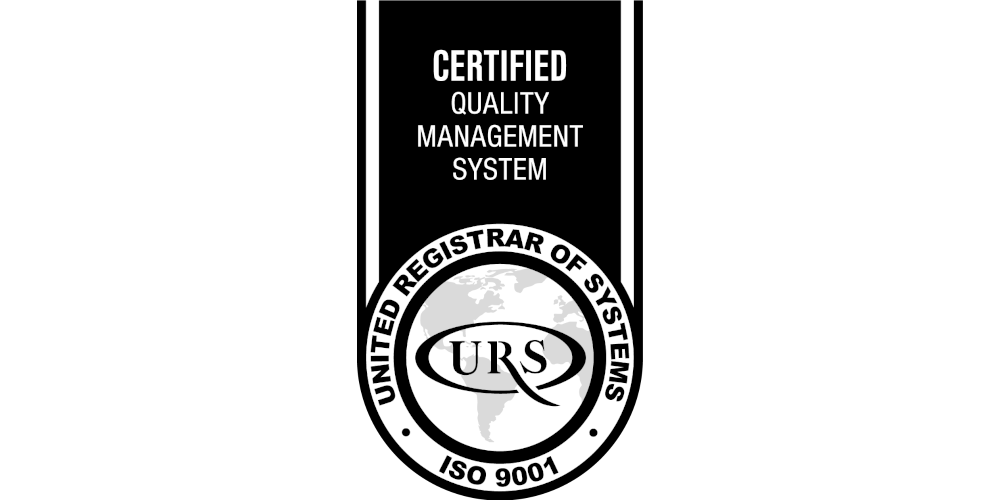We’re excited to have you join us once again as we delve into the world of clinical research and medical device regulations. If there’s a specific topic you’re itching to learn more about, be sure to drop a comment below and let us know. Today, our spotlight shines on a critical issue – legacy devices. What exactly are legacy devices, you ask? Well, we’re here to demystify the concept for you!

Unveiling the Enigma of Legacy Devices
If you find yourself scratching your head over the term “legacy devices,” you’re not alone. The reason for this uncertainty is that legacy devices aren’t explicitly referenced in the new EU medical device regulation, known as the MDR. However, some of you might already have come across this term while exploring the realm of the medical device directive (MDD). In simple terms, legacy devices are those that conform to the previous device rules but haven’t undergone the conformity assessment according to the new EU MDR.
Let’s break it down a bit further. Legacy devices are essentially products that gained approval under the MDD, which operated under different regulatory standards (Directive 93/42/EEC for medical devices, Directive 90/385/EEC for active implantable medical devices, and Directive 98/79/EC for in vitro medical devices, collectively referred to as “Directives”). These devices are still being marketed even though they might not comply with the updated regulations – EU MDR (Regulation (EU) 2017/745) or IVDR (Regulation (EU) 2017/746).
The Dawn of New Regulations
The European Union Medical Device Regulation (EU MDR) and In Vitro Diagnostic Device Regulation (IVDR) took effect in 2017, ushering in a new era of medical device oversight. These regulations replaced the existing directives, and the EU MDR became enforceable on May 26, 2021. This meant that medical device manufacturers were required to transition to the new regulations by 2024, and devices covered by certificates issued under the Directives until May 26, 2017, would remain valid for up to five years from their issue date, ending on May 26, 2024.
In essence, for legacy devices to continue their presence in the European market, manufacturers must bring their products in line with the new MDR regulations before the deadline. This has created a sense of urgency, pushing manufacturers with legacy devices to secure recertification within the stipulated transition period. Simultaneously, new devices are undergoing certification, placing regulatory bodies and manufacturers in a race against time.
Navigating the Transition: Challenges and Opportunities
The process of recertifying legacy devices is no small feat. Manufacturers must update technical documentation, conduct additional tests if necessary, and align with the more rigorous MDR requirements. This transition presents a host of challenges, including:
Resource and Testing Demands: The recertification process demands additional resources, testing, and audits, adding to the complexity of compliance.
Notified Body Backlog: With an estimated 22,000 certificates set to expire by the end of 2024, Notified Bodies face a significant backlog, particularly with around 4,000 certificates expiring this year.
Emphasis on Post-Market Surveillance: Manufacturers are now required to actively monitor their devices’ performance and safety throughout their lifecycle, involving post-market clinical follow-up studies and prompt issue resolution.
Stringent Clinical Evidence Requirements: The MDR necessitates more extensive clinical data to substantiate claims of safety and performance, potentially requiring manufacturers to gather additional clinical data.
Unique Device Identification (UDI): Legacy device manufacturers may need to update labeling to include Unique Device Identifiers (UDIs) for traceability purposes.
Supply Chain Updates: Manufacturers must review and adapt their supply chain processes to meet MDR requirements, affecting distribution and sales operations.
The Silver Lining: Extended Transition Deadlines
The good news for legacy device manufacturers is that, as of January 2023, transition deadlines have been extended under certain conditions. This extension provides a lifeline for manufacturers, affording them more time to achieve compliance.
At our full-service CRO, we stand ready to assist legacy device manufacturers in navigating these challenging waters. Our team of regulatory experts is well-versed in addressing the intricacies of the applicable transitional provisions. Whether you require a clinical evaluation report, technical documentation updates, post-market surveillance, or even additional clinical investigations, we’re here to guide you.
Feel free to reach out to us using the contact options below, and we’ll be delighted to provide you with the expert guidance you need. Our mission is to ensure that your legacy devices seamlessly transition to meet the new requirements and maintain their market access within the EU. Don’t let the tides of change catch you off guard – let us be your anchor through this transformative journey.






